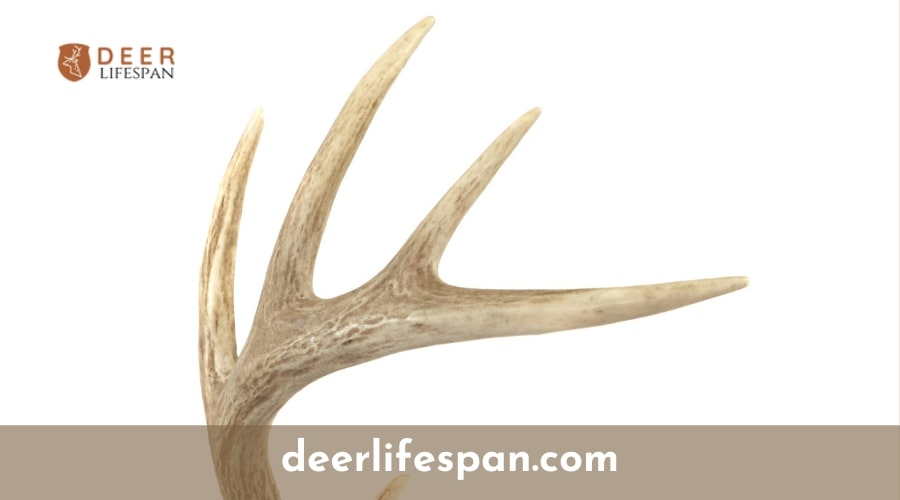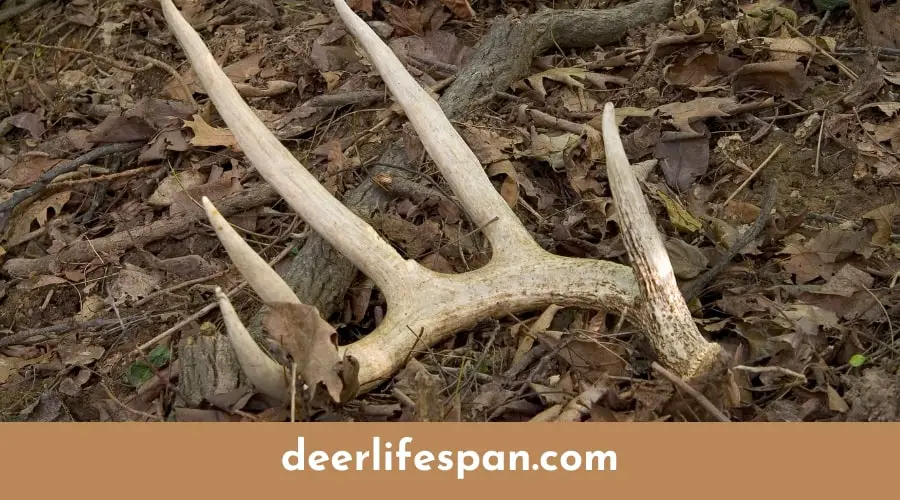At times, when you hunt down a whitetail deer, you see that there are differences between one side of the rack of your deer and the other. We are talking about the 120 class whitetail deer here.
However, if you ask us about a good deer score, it won’t be less than 25 inches. Then again, you might want to learn about the one deer you are dealing with, right? Here are some basic ideas and necessary information that you will need while scoring the deer!
Table of Contents

Shortcut of Field Scoring 120 Class Whitetail Deer
The right process of scoring the whitetail deer will require the inside spread. And this one will represent the one side of the antler of the buck. In most cases, you might see a relatively symmetrical buck.
If you see this, the process gets easier for you. All you need is to find out one antler and then multiply the measurement by two. This is a shortcut method for finding out if it is a 120 class whitetail deer or not.
Through taking this shortcut method and the measurement of the spread credit, you can easily find out a tough estimate of the score of the deer.
Here is the easy method, follow this one-
The Score of the Antler 1 X 2 + Spread = Score of the Buck
And then you can find out if the score is 120 or not. However, once again, you must understand that this math only works if the antlers are symmetrical. Otherwise, you must follow the detailed method to find this out.
Note: However, keep in mind that if the antler is symmetrical, mostly, the score will be 125 inches minimum.
The Measurement Consideration
We have methods on how you can score the whitetail deer in detail. However, here, we will discuss the necessary measurements that you will need for the job. Take a look at them!
Ear Tip:
First of all, to know the spread of a whitetail deer, you have to go through its ears. From one ear tip to another ear tip, the measurement is necessary. To know the right estimate, make sure you are getting a frontal view. In general cases, the measurement of a deer’s one ear tip to another will be more or less 13 inches to 15 inches.
Eye Circumference:
Another reference point that you have to go through is the eye circumference of a deer. Whenever it comes to calculating the four antler circumference measurements, the eye’s one is important.
The eye circumference can be different depending on the buck. However, the most common circumference of a deer’s eye is 4 inches.
Ear Tip to Ear Base:
We are done with the ear tip to ear tip measurements, right? Now once again, you have to go through the ear tip. But this time, you don’t need to measure from one ear tip to another. Instead, we recommend you measure one ear tip to the ear base.
This will help in measuring the Tines size. Along with this, it helps in understanding the right size of the length of the main beam. The regular measurement from the ear tip to the base of the tip of a buck can be 7 inches to 8 inches.

Tip of the Nose:
Here, you will need to learn about the measurements of the tip of the nose. Well, to make it clearer, once again, we will go back to the eye. We have dealt with the circumference of the eye.
Now, you have to get your hands on the tip of the nose of the buck and measure to the eye. This will help you in measuring the length of the beam.
Mostly, the measurement is close no matter which whitetail deer you are dealing with. The measurement will be close to 7 inches to 8 inches.
Wrap Up
According to the details, you will need all the points we have mentioned above. Scoring depends on the symmetry between the right side of your deer and the left part- if the antler is symmetrical, things get easier. However, if they are not, you have to do the math to know the right measurements.
